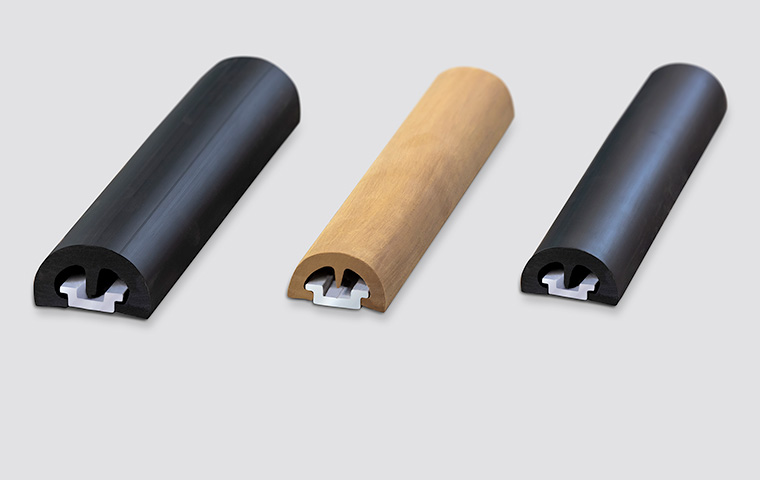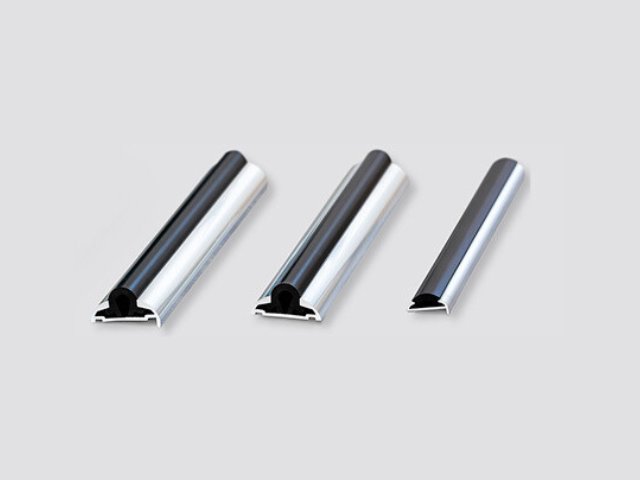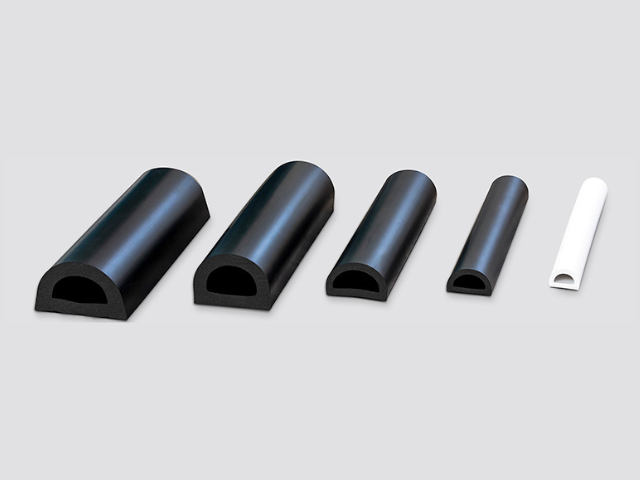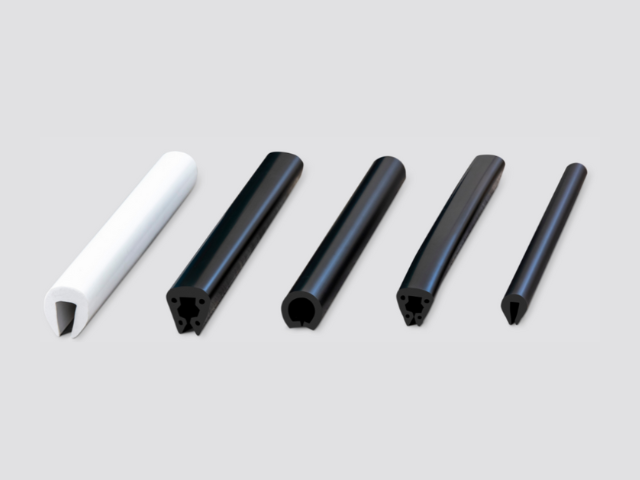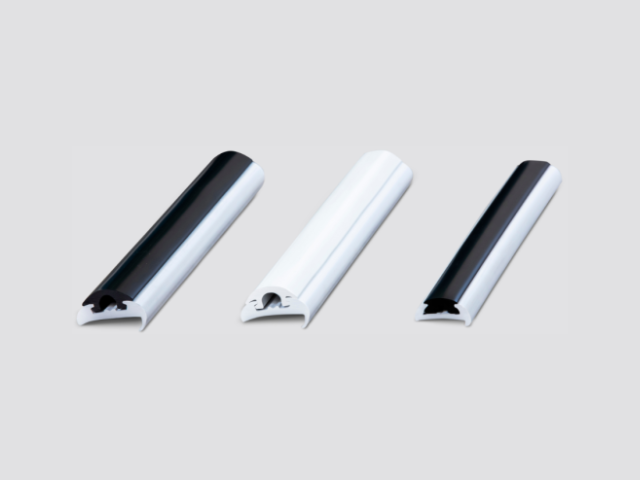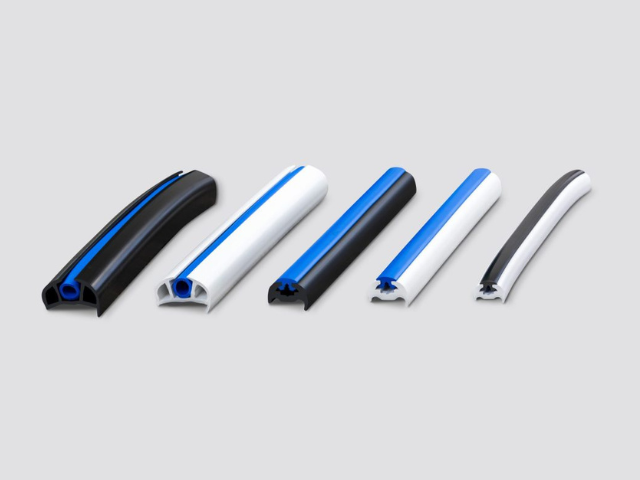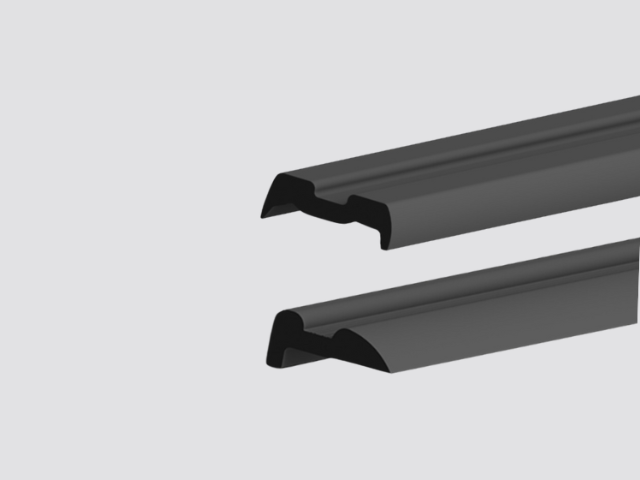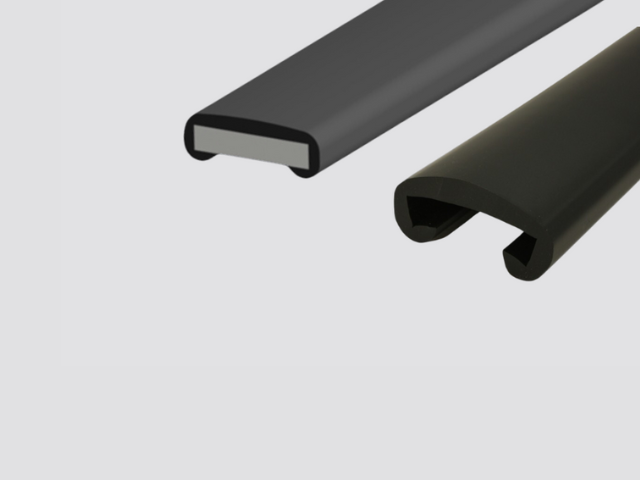News
What are Fendering and Rub Rails and Why Are They Important?
Although Fendering and Rub Rails can sometimes be one of the most important accessories to your boat, it is possible for them to be overlooked.
You may be thinking to yourself, I don’t know what fendering or rub rails are, they surely can’t be that important.
That is why we have compiled a blog to guide you through the world of fendering and rub rails.
Here is what we’ll cover:
- What is Fendering / Rub Rails?
- What is the Importance of Fendering/Rub Rails?
- What types of Fendering / Rub Rails are there?
- How to choose the best Fendering / Rub Rails
- Maintenance Tips
What is Fendering / Rub Rails?
Have you ever docked your boat after a perfect day on the water, only to find scratches and dents along the hull? This is where fendering, or rub rails, come into play.
Fendering, also known as Rub Rails, are essential protective barriers that boat owners can install along the sides of a boat to absorb impact and prevent damage when docking or coming into contact with other vessels. Essentially acting as a cushion to protect the boat’s hull from scrapes, bumps, and other potential damages during docking and mooring. You may also find them across pontoons or docks to prevent not only your boat being seriously damaged, but also the mooring platform. Not only do they have the potential to prevent damage, but they can be used to enhancing your boat’s look.
What is the Importance of Fendering/Rub Rails?
We now know what Fendering and Rub Rails are, but what is their importance? We can break this down into three categories.
- Protection: Fendering and Rub rails primary job is to help negate some of the damage your boat may get when you come into contact with pontoons, pillings, other boats or other objects in the water or marina.
- Aesthetics: In many cases, they have been used to enhance the visual appeal, giving the boat a polished and finished look. You can get them in a variety of different styles, colours and materials so you can find the perfect one to match your boat and your personal style.
- Value Preservation: Through the use of fendering and Rub Rails, you can preserve some of the boat’s value over time. Using them should prevent some of the costly repairs you may occur compared to when you don’t use them.
What types of Fendering / Rub Rails are there?
When it comes to fendering and Rub Rails, they come in many different sizes, designs, colours and even materials. Therefore, we shall break it down into three main categories.
Designs
Wilks come in a variety of different designs, all of which come in different sizes depending on the characteristics of your boat. You can find out more about how to find your perfect fender when you are ready to explore more.
This wide range, although it may be a little overwhelming it gives you the perfect range to find the perfect fender or rub rail for your boat. Already got fendering attached to your boat? We offer a handy guide that is scaled so you can match your fender exactly – read more here.
Colours

Black and White
The majority of our profiles are available in either black or white as standard and this sleek and understated colour pallet is highly popular.

Traditional
Would like something a little bit more classic. We also offer our ‘Traditional’ range, which mimics the appearance of real wood. Crafted from high-quality PVC, it’s a preferred choice for boat owners seeking both style and reliability.

BE UNIQUE!
Want something more unique? A handful of our profiles are available in bright blue and red, which is really striking against the boat. Not your cup of tea? We are able to produce custom colours, so you can find the perfect colour to match your boat’s style and your personality.
Materials
Due to varying Boats styles and personal preferences, the Wilks fendering / rub rails are available in 4 different materials:
- PVC: Polyvinyl Chloride (PVC) – Represents the main material that Wilks fendering profiles are manufactured from. The profiles are extruded from a UV-Stabilised and Phthalate-free compound ensuring durability and resistance to weathering.
- MDPE: Medium-Density Polyethylene (MDPE) : Known for its excellent strength-to-density ratio. With flexibility, toughness, and low-friction status, these profiles are well suited to a wide range of applications, including in the marine environment. It is capable of withstanding both high and low temperatures, making it suitable for a wide range of climates.
- Stainless Steel: A selection of Wilks fendering accessories are made from stainless steel, including inserts and End Caps. These products have exceptional corrosion resistance and strength supporting good looks and long life of the products.
- Aluminium: The ‘ALI’ fendering range is made from aluminium. It is known for its strength, lightweight and aesthetic appeal. The ‘ALI’ range is supplied with an anodised or anodised and polished finish. The anodising process boosts the profile’s durability and corrosion resistance, whilst the polishing enables a smoother, shinier finish.
How to choose the best Fendering / Rub Rails
We have covered what Fendering/rub rails are, why they’re important and the various different styles and design choice. But how do you know what one is the best for your boat and your needs? It’s simple!
There are three questions you need to keep in mind:
- What is your boat used for?
Depending on the use of your boat, the profile may vary, for example. For a working boat, a heavy duty D profile would be the most suitable option, whereas a day cruiser would suit something along the lines of a rigid PVC/aluminium profile fitted with a PVC insert.
- What space is available to fit the fendering?
This really depends on the size of your boat, its length and width, and will determine the size of the profile needed. You need to ensure there is enough clearance to manoeuvre and secure the fendering comfortably around the installation area. This includes checking for obstacles like fittings, cleats, or other protrusions that could interfere with installation.
- What is the shape of the hull or flange where the fendering will be installed?
The hull really can determine what fendering or rub rail you choose. This is due to the varying shapes they can be, they can usually fit into one of the following 4 categories:

Flat Side
Refers to a vertically straight surface area where fendering will be installed. Choose Wilks fendering with a flat bottom for a seamless fit.
Curved Side
Describes a hull with a vertical slope affecting the fendering installation area. Opt for profiles like “lipped” or “one-legged” to ensure secure and balanced fendering placement.


Flat Flange
The joint between hull and deck without bolts or rivets protruding. Look for U-profiles with a smooth inner channel for a neat installation.
Riveted Flange
Involves bolts and rivets at the hull-to-deck joint. Select U-profiles designed to accommodate these obstacles effectively.
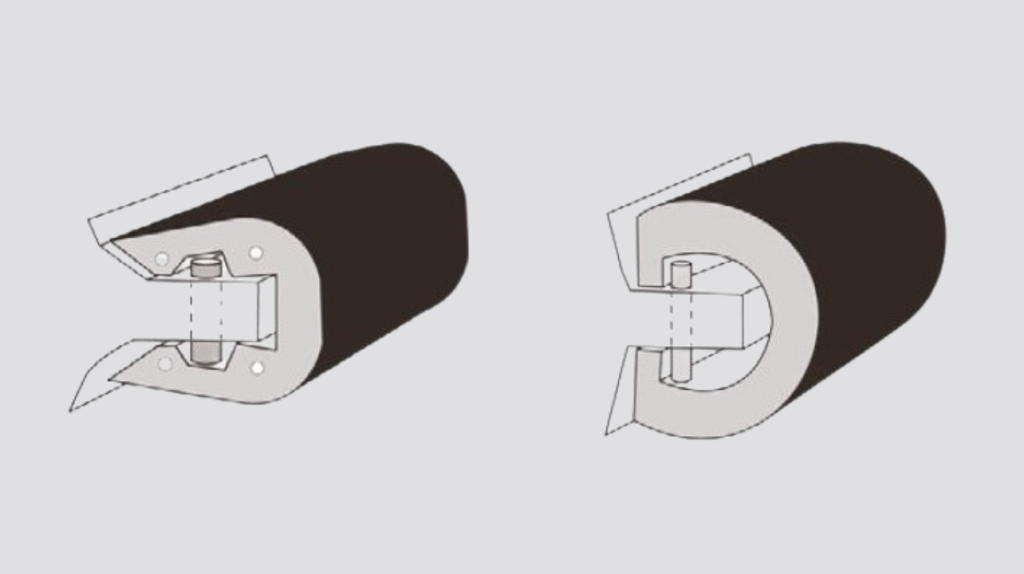
Maintenance Tips
Now that you have chosen your perfect fendering or rub rail and successfully installed it using our fitting guides, it’s important to know how to maintain it.
Here are three handy tips to help you keep your rub rails in top condition:
- Regular Inspections: Regular inspections are crucial for maintaining the longevity and effectiveness of your rub rails. By routinely checking for signs of wear or damage, such as cracks, splits, or significant scuff marks, you can catch and address potential issues before they become major problems.
- Cleaning: Ensure you clean your fendering as you do your boat to keep it in perfect condition. Use our cleaning guide on what we recommend doing and avoid harsh chemicals or abrasive materials that could damage the surface.
- Repair and Replacement: Knowing when to repair or replace your rub rails is essential for maintaining their protective function. Regularly assess the condition of your rub rails to determine the best course of action, ensuring long-lasting performance and safety.
Hopefully now it is a little more clear on why Fendering and Rub Rails can be one of the most important accessories to your boat.
Remember, they are perfect to negate some of the damage your boat may get when you come into contact with pontoons, pillings, other boats or other objects in the water or marina. But they can be used to enhance the visual appeal giving the boat a polished and finished look.
Discover the full range of Wilks products today and if you require further clarification don’t hesitate to contact our sales team who will be happy to help you.

